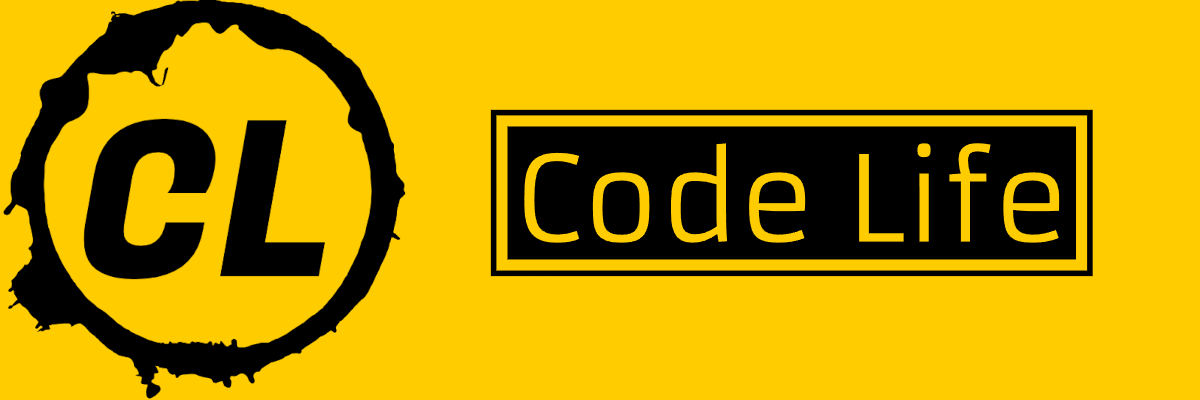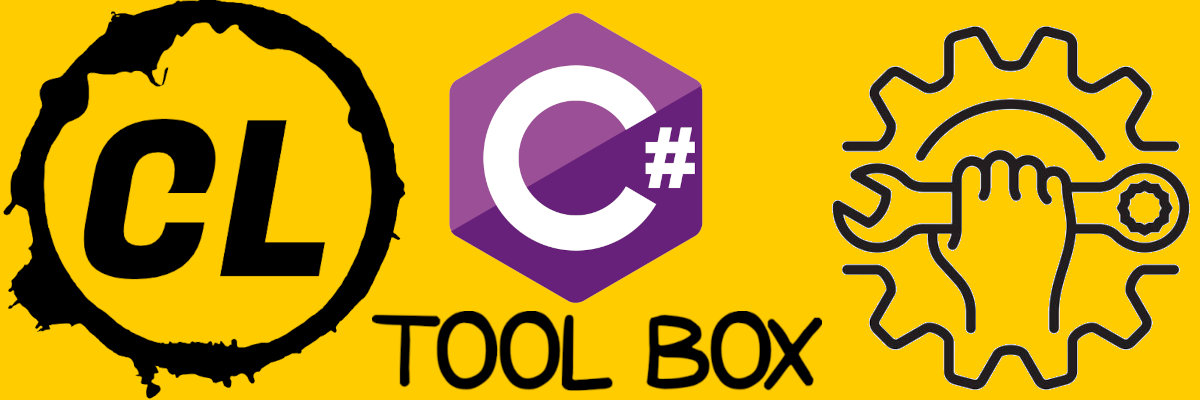Why did the developer bring a suitcase to work on their .NET MAUI project?
Because they heard it was all about cross-platform travel!In the ever-evolving world of software development, cross-platform frameworks have become a cornerstone for building applications that run seamlessly across multiple devices. Microsoft’s .NET Multi-platform App UI (MAUI) is the latest entrant in this space, promising to simplify the development process for creating native apps for iOS, Android, macOS, and Windows. But is .NET MAUI the right choice for your next project? Let’s dive into the details to help you decide: to Maui or not to Maui?
What is .NET MAUI?
.NET MAUI is the evolution of Xamarin.Forms, a popular framework for building cross-platform mobile apps. It extends Xamarin’s capabilities by unifying the development experience for mobile and desktop platforms under a single codebase. With .NET MAUI, developers can create apps that run natively on multiple platforms while sharing a significant portion of their code.
Key features of .NET MAUI include:
- Single Project Structure: Simplifies project management by consolidating platform-specific code into a single project.
- Native Performance: Leverages platform-specific APIs and controls for optimal performance.
- Hot Reload: Speeds up development by allowing real-time updates to the UI without restarting the app.
- Modern UI Controls: Provides a rich set of controls and layouts for building responsive and adaptive user interfaces.
- Cross-Platform APIs: Offers a unified API for accessing device features like sensors, storage, and networking.
The Case for .NET MAUI
1. Unified Development Experience
One of the biggest advantages of .NET MAUI is its ability to unify the development process. Instead of maintaining separate codebases for different platforms, developers can write most of their code once and deploy it everywhere. This not only reduces development time but also minimizes the risk of platform-specific bugs.
2. Native Performance
Unlike hybrid frameworks that rely on web technologies, .NET MAUI compiles to native code, ensuring high performance and a native look and feel. This makes it an excellent choice for apps that require smooth animations, fast load times, and deep integration with device hardware.
3. Strong Ecosystem Support
As part of the .NET ecosystem, MAUI benefits from robust tooling, extensive documentation, and a large community of developers. Visual Studio, Microsoft’s flagship IDE, provides first-class support for .NET MAUI, making it easy to get started and debug issues.
4. Future-Proofing
With Microsoft’s commitment to .NET MAUI as the future of cross-platform development, adopting it now positions your team to take advantage of ongoing updates and improvements. It’s a forward-looking choice for organizations invested in the .NET ecosystem.
The Case Against .NET MAUI
1. Learning Curve
While .NET MAUI simplifies many aspects of cross-platform development, it still requires familiarity with the .NET ecosystem and C#. For teams without prior experience in Xamarin or .NET, there may be a steep learning curve.
2. Limited Community Adoption (For Now)
As a relatively new framework, .NET MAUI’s community and third-party library support are still growing. While it’s backed by Microsoft, developers may find fewer resources and community-driven solutions compared to more established frameworks like Flutter or React Native.
3. Platform-Specific Quirks
Despite its goal of unification, .NET MAUI isn’t entirely free from platform-specific challenges. Developers may still need to write platform-specific code for certain features or handle inconsistencies in how controls behave across different operating systems.
4. Performance Overheads
While .NET MAUI offers native performance, it may not be as lightweight as platform-specific development. Apps built with MAUI can have larger binary sizes and higher memory usage compared to apps written natively for each platform.
When to Choose .NET MAUI
.NET MAUI is an excellent choice if:
- You’re already invested in the .NET ecosystem and want to leverage your existing skills and tools.
- You need to build apps for both mobile and desktop platforms with a shared codebase.
- You prioritize native performance and a consistent user experience across platforms.
- You’re starting a new project and want to future-proof your development efforts.
When to Look Elsewhere
Consider alternatives like Flutter, React Native, or platform-specific development if:
- Your team lacks experience with .NET or C#.
- You need access to a larger ecosystem of third-party libraries and community support.
- Your app requires highly specialized platform-specific features that may not be fully supported by MAUI.
- You’re building a lightweight app where binary size and performance are critical.
Conclusion: To Maui or Not to Maui?
The decision to adopt .NET MAUI ultimately depends on your team’s expertise, project requirements, and long-term goals. For developers already familiar with the .NET ecosystem, MAUI offers a powerful and streamlined way to build cross-platform apps with native performance. However, if you’re starting from scratch or need access to a more mature ecosystem, other frameworks might be a better fit.
As with any technology, the best approach is to evaluate your specific needs, experiment with the framework, and weigh the pros and cons. Whether you choose to Maui or not, the future of cross-platform development is bright—and .NET MAUI is undoubtedly a compelling option in the landscape.
Happy coding! 🚀

